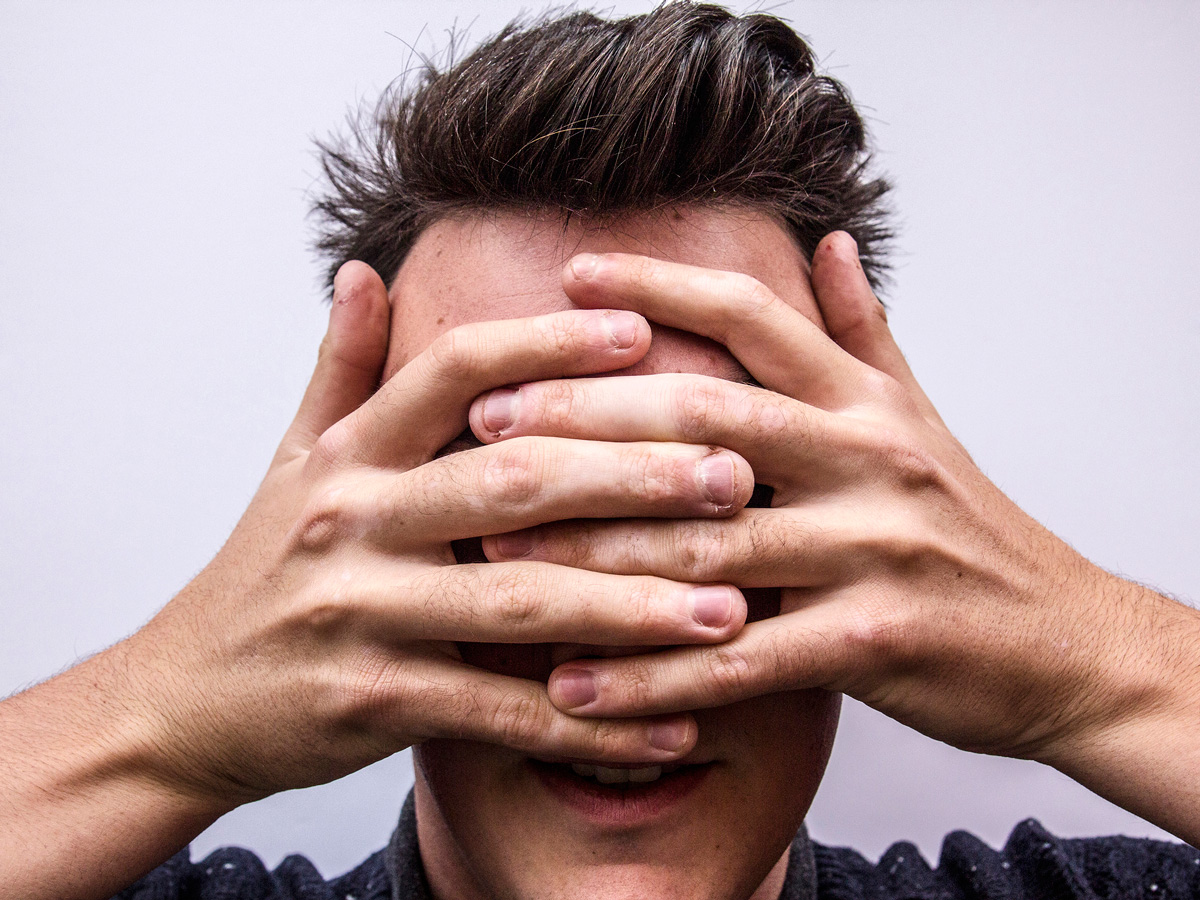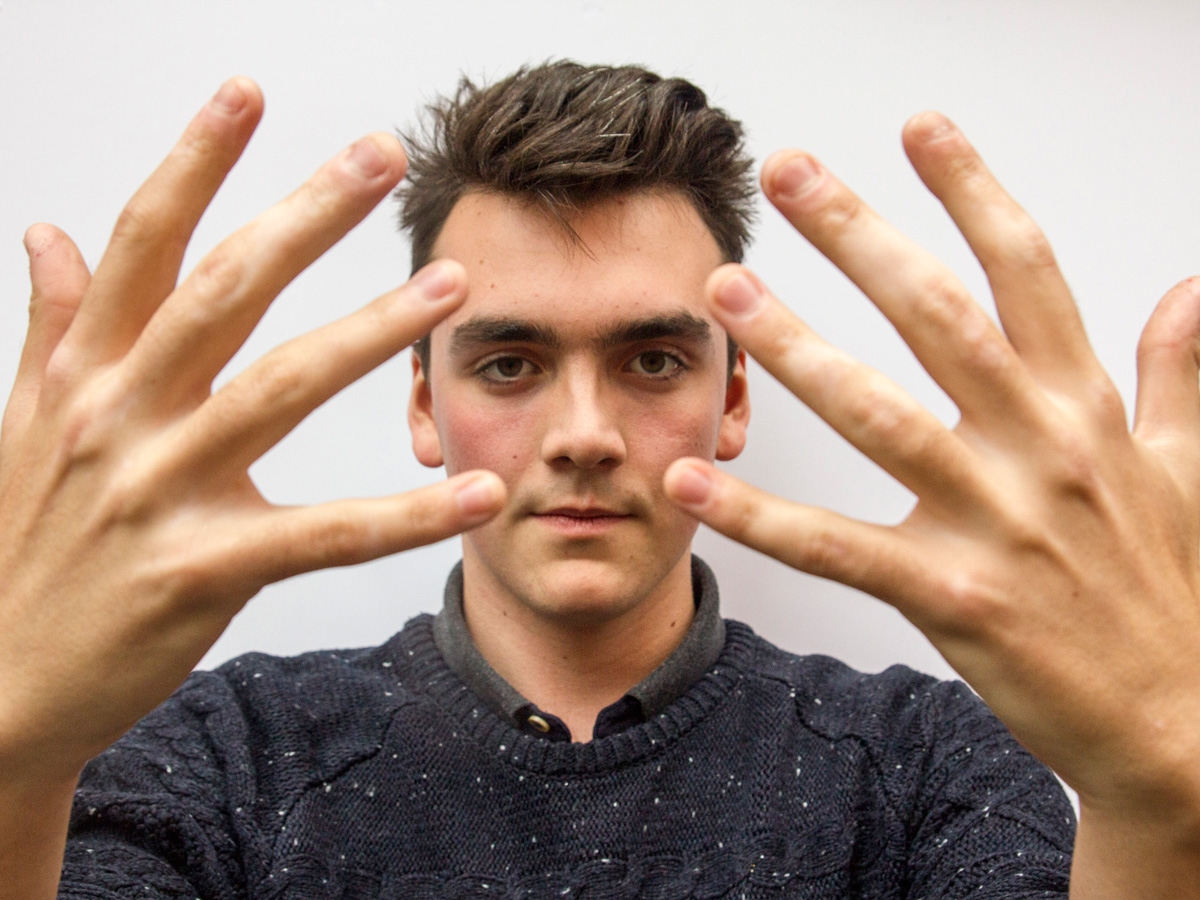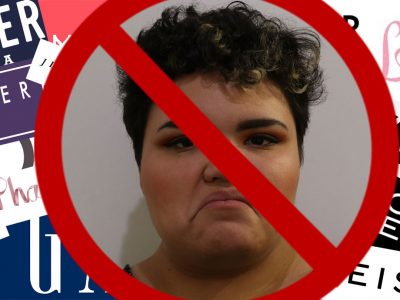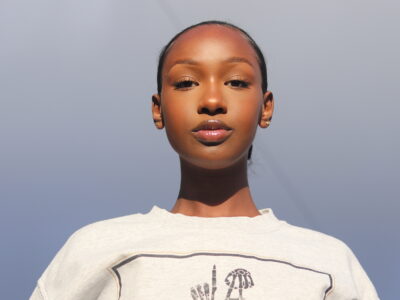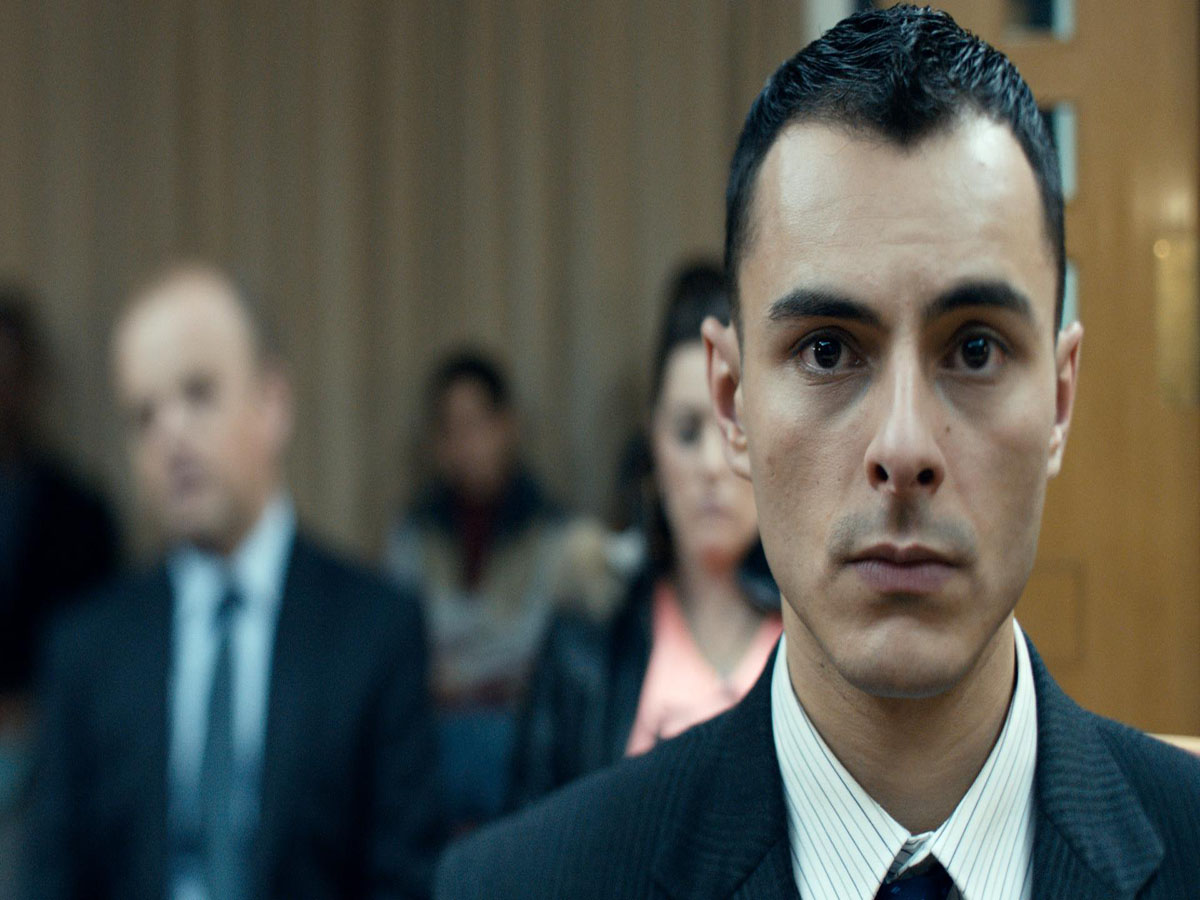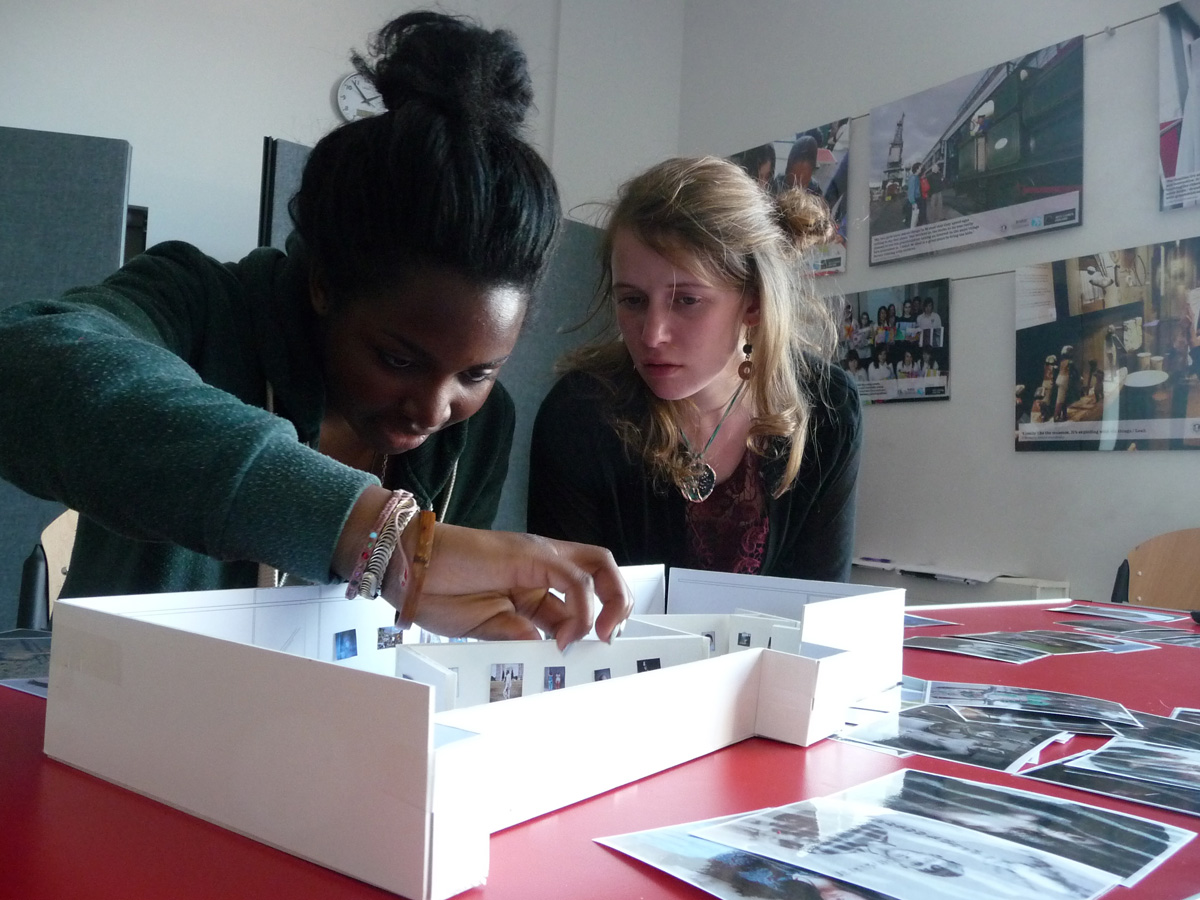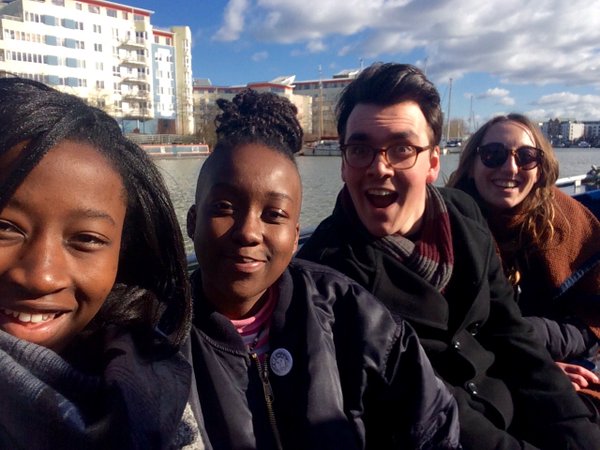Meet the White Guy Who’s Getting Whiter By the Day
Cai Burton has a skin condition called vitiligo, which means he’s a white who’s getting whiter by the day. Here, he talks about how it affects his life.
I’m the only middle-class, heterosexual white guy I know who’s actually getting whiter.
I’ve got a skin condition called vitiligo. You probably know it from people like Michael Jackson.
It causes depigmentation in my skin, leaving pale patches on my hands.
So I’m the only middle-class, heterosexual white guy I know who’s actually getting whiter.
‘Okay Cai,’ I hear you all groan. ‘So what if it makes your skin patchy – what’s the big deal?’
Whilst it’s nothing directly life threatening or harmful in any particular way, it can indirectly cause harm. With no pigment on my fingers, it leaves them at risk to damage from the sun. I came home from a festival this year with burnt red patches where there were white patches before. However, it’s not restricted to my hands and feet. It can spread. It usually starts at the extremities and can spread across the rest of the body, even spreading to the face. Which can get you some pretty funny looks.
Despite that though, it’s already been a big part of my life at only 18.
I haven’t always had it, and I didn’t even think I’d ever have it. Vitiligo only affects 1 to 2 percent of the population, and even then it can go unnoticed. Whenever I speak to people about it, they’ll sometimes say ‘oh, that’s what so-and-so’s got!’ So chances are – if you don’t know someone that has it, one of your friends will. Given that my mum has it, the laws of averages would say that I wouldn’t get it; but the laws of genetics say otherwise. So it’s only been in the past few years that I’ve begun to notice it.
Despite that though, it’s already been a big part of my life at only 18. My mum realised she had it when I was younger after the scars from our kitten left paler patches. I grew up with the smell of sun cream on my mum’s hands and it became a condition I was very familiar with. I learnt that it spreads through exposure to the sun, that you can buy special skin coloured make-up to cover it up, and it spreads less if you go gluten free. It was only when I started to see specks of it on my hands that I learnt it was genetic.
One of the biggest problems with people that suffer from vitiligo is the question of whether to cover it up or not.
So I can’t say what it would be like growing up being discriminated because of your skin colour, but one of my biggest worries was that it might be a problem I have to face one day. One of the biggest problems with people that suffer from vitiligo is the question of whether to cover it up or not. My mum used to cover her vitiligo and lots of people choose to do the same. But why should I need to hide what makes me individual? We have come such a long way from days where it was socially acceptable to discriminate because of face value things such as your skin colour and physical differences. Despite my skin looking a bit wacky, I know that I’ll still be respected and treated equally. It makes me admire the work people do to combat racism and not to be judged by your skin colour. I don’t need to ‘worry that people will think I look weird’. I am proud of who I am.
There are so many people living with and dealing with the condition that I admire – showing that it’s all about your outlook, not how you look. When you realise what it is, you start to understand it a little more. Remember how Michael Jackson turned white? Vitiligo. Did you know that Graham Norton has white patches in his hair? vitiligo.
What I love most about her though – and what I’ve learnt from her – is her positive approach.
I probably admire Chantelle Brown-Young most of all though.
Chantelle Brown-Young is a model who first appeared on the scene as part of America’s Next Top Model, where she showcased her unusual condition and positive attitude. Despite getting eliminated from the show, she’s gotten a lot of attention anyway – I even discovered her through an advertising campaign in Spain.
What I love most about her though – and what I’ve learnt from her – is her positive approach. What she was once ridiculed for is now considered striking.
I embrace my vitiligo. It’s a part of me – albeit quite a small part at the moment – and it’s something that I’m glad to have. It makes me feel individual.
Do you suffer from vitiligo or any other condition that affects people’s perceptions of you? What methods have you employed for empowering yourself? Let us know: @rifemag
Related Links:
‘Say No to Creamy Crack’ by Shin_LoveLife
‘Off the Record: Off Colour’ by Molly Perryman
More from Cai Burton

